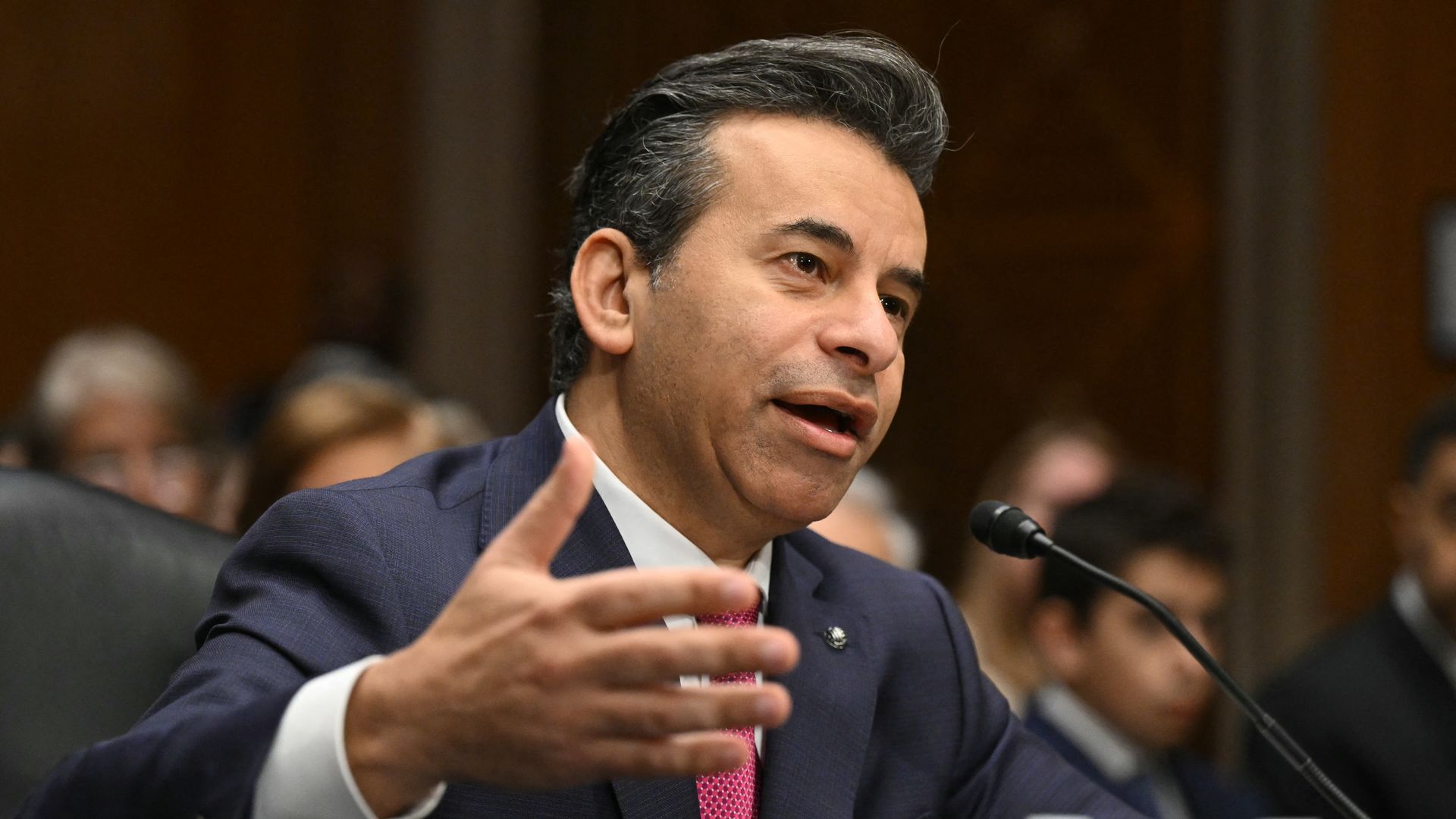 Makary. Photo: Saul Loeb/AFP via Getty Images
Makary. Photo: Saul Loeb/AFP via Getty Images
The Trump administration on Tuesday moved to remove eight common artificial dyes from the food supply over the next two years, continuing HHS Secretary Robert F. Kennedy Jr.’s push to revamp what Americans eat.
Why it matters: The action by the Food and Drug Administration is part of a broader push to target additives in sodas, snacks and processed foods that the administration contends are a risk to children’s health, though decades of evidence suggest they’re safe at the levels currently used.
Kennedy and other officials argue that research into the effects of these ingredients have been largely been stifled, pointing to increasing rates of childhood illnesses like obesity, diabetes and ADHD as justification for substituting natural ingredients.
- “The answer is not more Ozempic, more ADHD medication and more antidepressants. There’s a role for those medications. But we have to look for the underlying root causes,” FDA Commissioner Marty Makary said at a news conference.
- He cautioned that removing petroleum-based dyes likely wouldn’t be a “silver bullet” but said it was an important step.
Yes, but: Experts warn phasing the dyes out without robust evidence they are harmful could set a worrying precedent for food regulation that’s not backed up by science.
Driving the news: The FDA plans to phase out six artificial food dyes still used in the U.S. food supply by the end of 2026.
- FD&C Green No. 3, Red No. 40, Yellow No. 5, Yellow No. 6, Blue No. 1, and Blue No. 2 are found in cereals, ice cream, yogurt, candy, beverages and other food.
- The agency will also begin the process of revoking FDA authorization for two other synthetic dyes — Citrus Red No. 2 and Orange B.
- Kennedy and Makary also announced the agency would authorize four new naturally-derived dyes.
- NIH will partner with the FDA “to conduct comprehensive research on how food additives impact children’s health and development,” according to a press release.
Catch up quick: The Biden administration last year began the process of phasing out Red Dye 3 after consumer groups petitioned the FDA, invoking the Delaney Clause, a federal regulation that prohibits the agency from approving any food additives found to cause cancer in animals or humans.
- Groups including the Center for Science in the Public Interest had pointed to studies showing a connection between the dye and increased risk for cancer in rats.
- But some scientists say the risk is overblown and there is no evidence the additive causes cancer in humans.
- “Importantly, the way that FD&C Red No. 3 causes cancer in male rats does not occur in humans,” Jim Jones, then-FDA deputy commissioner for human foods, said in a statement in January.
On Tuesday, officials said they would request food companies to remove Red No. 3 sooner than the 2027-2028 deadline the Biden administration set.
The big picture: One big question is whether the agency will seek help from Congress in updating labels.
- Food and beverage interests pointed out the FDA and regulatory bodies around the world have deemed their products safe.
- “We are in firm agreement that science-based evaluation of food additives will help eliminate consumer confusion and rebuild trust in our national food safety system,” said Christopher Gindlesperger, a senior vice president at National Confectioners Association.
- “We follow and will continue to follow regulatory guidance from the authorities in this space, because consumer safety is our chief responsibility and priority.”


